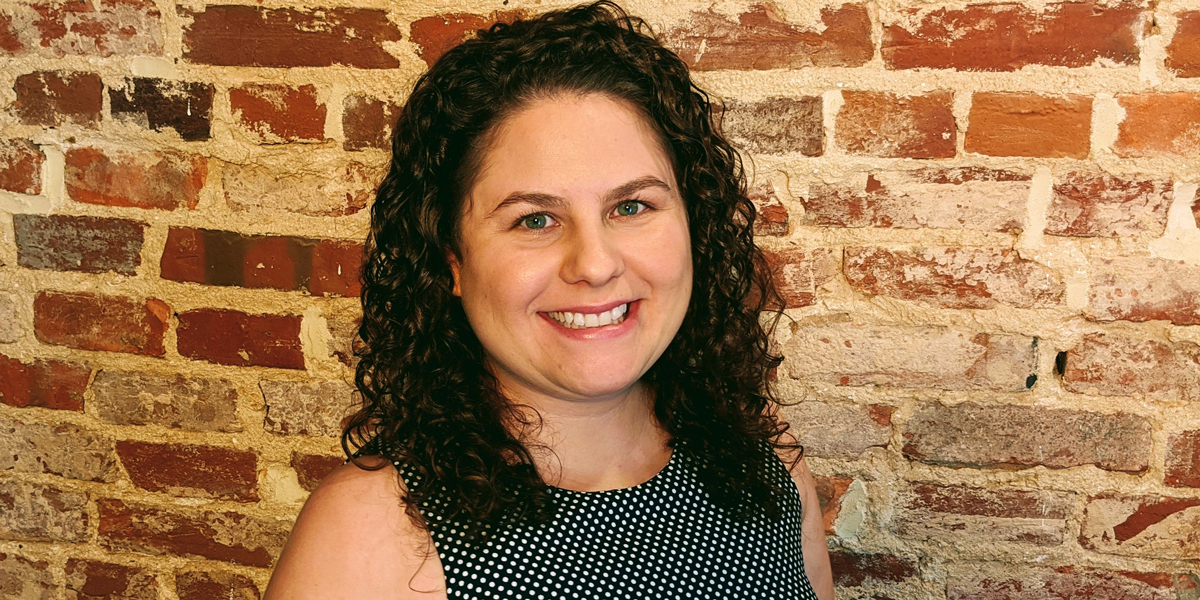
For many graduate students in the sciences, they look toward a career in academia, research or industry after completing their doctoral studies. But for Courtney Coombes (Ph.D., Cell Biology, ‘16), graduate school provided a background that changed her career trajectory to a less-traveled path.
“[Professor] Melissa Gardner, my PI, was very good at instilling the values of project management and writing to different audiences,” Coombes says. “She previously worked in business and industry, so she gave us a mindset of having milestones and deliverables to hit on the way to finishing your thesis. You had to make a reasonable and logical plan to hit those goals. Those skills remain very important to me.”
Coombes is now chief of staff at the National Heart, Lung, and Blood Institute, a position she stepped into last summer. After completing her doctorate, she served as an American Association for the Advancement of Science (AAAS) Science & Technology Policy Fellow with the NHLBI. Following her fellowship, Coombes became a health science policy analyst at the NIH and later worked her way up to acting chief of staff and now chief.
“Gradually, I found that my skills aligned with the juggling and managing of people and projects that come with the job of chief of staff,” Coombes observes. “I have to know how scientists work and how they think, but I also have managerial skills that I’m building. Those include knowing how to build a team or keep them on task.”
Coombes feeds off that daily combination of science acumen with management know-how. Her role also gives her the chance to tap into her science communication background, which dates back to her winning a 3-Minute Thesis Competition on Biomedical Sciences Graduate Programs Research Recognition Day for her explanation of microtubule growth while in graduate school.
“I don’t like to be bored, so it’s wonderful to have daily challenges to address at a high level and others that are very much in the weeds,” she noted. “In that sense, my work is similar to the Gardner Lab at U of M. There, we needed to think about a problem logically while understanding very small details of a particular process—such as microtubule dynamics—and how it was working. Currently I get to use both parts of my brain; I like that.”
Coombes is currently working on an MBA to continue building her business background toward potential new career areas.
“I want to add business acumen to my scientific and administrative skills,” she says. “I’m not sure what sort of work I may do later, possibly explore venture capital firms in science. By trying various jobs, we learn what we love.”